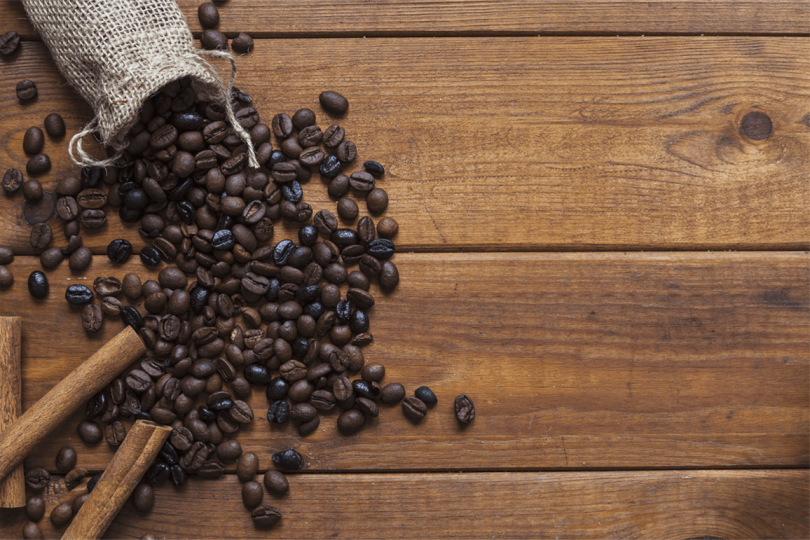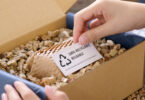Contents
For many café owners, marketing is all about buying ads or finding the right coffee related meme to post on social media. While there’s nothing inherently wrong with advertising, in my opinion, it’s the wrong place to start.
Effective marketing starts by really understanding your market. When you align what you offer, with what your customers actually want, the amount of advertising you need is often minimal. So, let’s start by getting the fundamentals right.
1) Focus on specific customers
It’s a crowded market, and now more than ever it’s important to focus on specific segments of customers. Out of all the choices they have for coffee, breakfast or lunch with friends – the goal is to find specific ways to become the undisputed number one choice for your segment of customers.
How do you do that? Here are two examples of café businesses who are targeting their strategy for specific customer segments.
| Cafe | Customer Segments | They Want | Possible Strategies |
| CBD Espresso Bar | Office Workers
Commuters |
Quality takeaway coffee in 2 minutes or less | > Counter Service
> Automated equipment > Limit menu options to increase speed > Mobile ordering / delivery |
| Garden Centre Café | Retirees
Families with kids |
A relaxed space to meet family & friends | >Table Service
> Large tables > A variety of menu options that cater well for kids & food intolerances. > Play area / kids packs |
They’re not trying to be everything for everyone, instead they’re focussed on nailing it for their specific customers.
2) Give them something to talk about
Once you’ve identified your customer segments and got the basics organised, it’s time to give them something to rave about. Now, people don’t generally go out of their way to tell their friends about the ‘above average service’ or ‘decent coffee’. But they might start talking if you do something they’ve never heard of before.
In a café business I started a few years back, we decided to do something a bit different with our hot chocolates & mochas. Rather than using the typical chocolate powder in milk, we bought a small countertop Bain Marie, and melted down couverture Lindt chocolate as the base ingredient. For advertising, we simply wrote that down in chalk on an A-frame sign and let word of mouth do the rest. By the time winter came, the product had been featured in several local publications, was all over social media and we were selling thousands of dollars a week in a product that most cafes take for granted…
Another example comes from one of our café customers at Seven Miles. When the team at Freja’s café in Brisbane were setting up their new business, they came across an opportunity to bring the pastry for their croissants in from France. That’s right, they were baking the croissants fresh daily, from dough was made on the other side of the world. Naturally, that story was featured in virtually every local food blog, Instagram story & newspaper food guide.
3) Brand & design matters, even for a local cafe
No, you’re not a massive retail chain or a multinational company, but how you present your business matters. Why? Because where people go for coffee is a reflection on themselves.
Of course, they’ll never say that, but think about how you behave when a friend comes to town. Do you take them to a run-down café and sit in a dark corner, or the cool place a little further away…?
While some things cost more money to get right, like design and fitout, others can be improved without spending much at all. You can update your logo & signage with an online tool like Canva, add focus lighting on walls or replace worn table tops to make an impact on a budget.
4) Local search is your friend
Your regular customers know where you are and what you do, but what about everyone else?
They’re searching on their smartphone. Now, you don’t need to be an SEO expert or spend heaps of money on ads, but you can do a few simple things to improve how you present yourself in search listings.
Start with Google. If you combine Google maps & plain old Google search it’s by far the biggest platform:
- Search your business on Google maps and click ‘claim this business’ (if you haven’t already)
- Add trading hours and other basic info along with high quality images of the outside & inside of the café along with closeups of favourite menu items & images of the menu itself.
- Make sure you add links to your Facebook page, Instagram & website (if you have one)
It’s also worth claiming other specialty listings, such as Tripadvisor, Zomato, Yelp or Beanhunter – depending on your specialty – and adding menus & pictures to give you a local ranking boost.
5) Manage those reviews
According to the Yellow Social Media Report 2018, 68% of people claim to read online reviews before buying. We’ve all done it, checking a business for bad reviews to avoid disappointment. While you can’t stop people posting something negative, you can respond in a way that shows everyone else you’re a business that cares about the experience you provide.
Assuming, you’ve registered on the review sites (see the list above), make sure you don’t get defensive or angry. Unless it’s abusive, thank the customer for taking the time to let you know, and offer to make it right, where possible.
Of course, while you’re not allowed to add your own positive reviews, you can encourage regular customers to review your business – they’re much more likely to be positive than someone who comes in once. Building the number of reviews on your business also helps push your local google ranking in the right direction.
6) Don’t underestimate free coffee
Local café businesses are built on regular customers. These customers might come in every week, every day and sometimes several times a day (not even kidding).
Getting someone to change their daily routine with % off discounts, ‘buy-one-get-one-free’ or loyalty programs is really hard. What people love is something for free – no strings attached. For a coffee business, the product cost of a free coffee is small compared to the thousands of dollars that regular customer might spend over the next few years.
Of course, the goal is to target potential repeat customers, so it makes sense to focus on people who live or work with a tight radius around the business.
7) Think differently about Social Media
There was a time when cafés could post content on social media and their customers would actually see it. Alas, those days are no more. In 2019, the average organic reach (i.e. unpaid) for business posts on Facebook is now well below 10% of page likes. That means, if your page has 500 likes, your slow-motion latte art video is likely to reach fewer than 50 people.
Now, that’s not to say that social media a waste of time. Paid ads or ‘boosted’ posts are still significantly cheaper than traditional media like radio or newspapers and allow much better targeting options. An effective way to start is by creating an offer or competition that will appeal to your target customers (point 1) and use the detailed ad targeting options in Facebook / Instagram to reach only people who are nearby.
The trick is to find a message or an offer that really connects with your specific segment of customers. In the end, the things that resonate with people in the real world, are they things they want to share and talk about in the digital world.
*If you are a café/restaurant owner, or someone with relevant business knowledge in this area, consider sharing your expertise by joining our team of contributors for this series. Send us an email to enquire about a guest post.
“The opinions expressed by BizWitty Contributors are their own, not those of BizCover and should not be relied upon in place of appropriate professional advice. Please read our full disclaimer."







